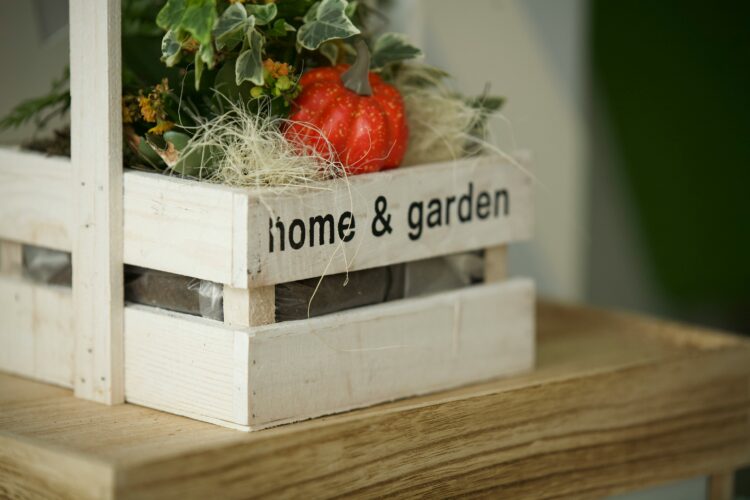Introduction
Home and garden spaces serve as reflections of our lives, personalities, and values. They are not merely functional areas; they embody comfort, creativity, and tranquility. Whether you’re decorating a cozy living room, designing a vibrant garden, or simply looking for ways to improve your space, understanding the relationship between your home and garden can transform them into a sanctuary. This guide explores essential aspects of home and garden design, from aesthetics to maintenance.
Designing Your Home
1. Defining Your Style
The first step in creating your dream home is defining your style. Are you drawn to modern minimalism, classic elegance, or perhaps a bohemian vibe? Identifying your aesthetic helps in making cohesive decisions about colors, furniture, and decor. Consider browsing design magazines or platforms like Pinterest to gather inspiration and pinpoint what resonates with you.
2. Color Schemes
Color has the power to transform a space. Soft, neutral tones can create a serene atmosphere, while bold hues add vibrancy and energy. When choosing a color palette, consider the mood you want to evoke. A popular approach is the 60-30-10 rule: 60% of a room should be a dominant color, 30% a secondary color, and 10% an accent color. This balance creates visual interest without overwhelming the space.
3. Furniture Arrangement
Effective furniture arrangement enhances flow and functionality. Start by considering the purpose of each room. In a living room, create a conversational area by placing sofas and chairs facing each other. Ensure there’s enough space for movement, typically at least 24 inches between furniture pieces. Don’t forget to consider the scale of your furniture; oversized pieces can make a small room feel cramped.
4. Incorporating Natural Elements
Bringing nature indoors not only improves aesthetics but also promotes well-being. Consider adding houseplants, which purify the air and enhance mood. Choose plants suited to your indoor environment, such as snake plants or pothos, which are low-maintenance. Incorporating natural materials like wood, stone, and linen in your decor also adds warmth and texture.
Creating a Beautiful Garden
1. Planning Your Garden Layout
A well-planned garden enhances the beauty of your home and provides a relaxing retreat. Begin by assessing your space, including sunlight, soil type, and existing structures. Sketch a layout that includes flower beds, pathways, and seating areas. Consider how you want to use the space—whether for entertaining, relaxation, or growing vegetables.
2. Selecting the Right Plants
Choosing the right plants is crucial for a thriving garden. Research plants that are well-suited to your climate and soil conditions. Aim for a mix of perennials and annuals to ensure year-round interest. Native plants are also an excellent choice, as they require less maintenance and provide habitat for local wildlife. When selecting flowers, think about color combinations and bloom times to ensure continuous color throughout the seasons.
3. Creating Outdoor Living Spaces
Enhance your garden by incorporating outdoor living areas. A patio or deck with comfortable seating can serve as a perfect spot for relaxation or entertaining. Consider adding features such as pergolas, fire pits, or outdoor kitchens to create an inviting atmosphere. Choose weather-resistant furniture that complements your garden’s style.
4. Garden Lighting
Lighting can dramatically change the ambiance of your garden. Use a combination of solar lights, string lights, and spotlights to illuminate pathways and highlight features like trees or sculptures. Soft, warm lighting creates a cozy atmosphere for evening gatherings, while brighter lights can enhance safety.
Sustainable Practices in Home and Garden
1. Eco-Friendly Home Design
Sustainability is an important consideration when designing your home. Choose energy-efficient appliances, LED lighting, and eco-friendly materials for renovations. Consider installing solar panels to reduce your energy consumption. Incorporate insulation and weatherproofing to minimize heating and cooling costs.
2. Organic Gardening
Embrace organic gardening practices to promote a healthier ecosystem. Avoid synthetic pesticides and fertilizers, opting instead for natural alternatives. Composting kitchen scraps and yard waste enriches your soil and reduces landfill waste. Diverse planting not only supports pollinators but also reduces the risk of pests and diseases.
3. Water Conservation
Water is a precious resource, and conserving it is crucial for sustainable gardening. Implement drip irrigation systems to deliver water directly to plant roots, reducing waste. Collect rainwater in barrels to use for watering. Choose drought-resistant plants to create a beautiful garden that requires less water.
Maintenance Tips for Home and Garden
1. Home Maintenance
Regular maintenance is key to preserving the beauty and functionality of your home. Create a seasonal checklist that includes tasks such as gutter cleaning, HVAC servicing, and checking for leaks. Simple upkeep, like repainting chipped walls or tightening loose fixtures, can prevent larger issues down the line.
2. Garden Care
A thriving garden requires regular attention. Water plants consistently, especially during dry spells. Mulching helps retain moisture and suppress weeds. Regular pruning encourages healthy growth and keeps your plants looking tidy. Stay vigilant for pests or diseases and address them promptly to prevent infestations.
Adding Personal Touches
1. Decor and Accessories
Infuse your home with personality through decor and accessories. Consider displaying artwork, family photos, or travel souvenirs that resonate with you. Mix textures and materials to create visual interest; for example, combine soft fabrics with metal accents. A well-curated space tells your unique story.
2. Seasonal Decor
Refreshing your home and garden seasonally can keep your spaces feeling lively. Swap out decor items to reflect the current season—think warm colors and cozy textiles in fall, and bright florals in spring. In your garden, consider rotating seasonal plants or adding festive decorations for holidays.
Conclusion
Your home and garden should be a sanctuary—spaces where you feel comfortable, inspired, and at peace. By carefully designing your indoor areas, cultivating a beautiful garden, and embracing sustainable practices, you can create a harmonious environment that reflects your personality and values. Remember, this is a journey; take your time to experiment and enjoy the process of making your home and garden truly yours. Whether you’re hosting friends or enjoying a quiet moment alone, these spaces can enrich your life in countless ways.



No Comments
Leave Comment